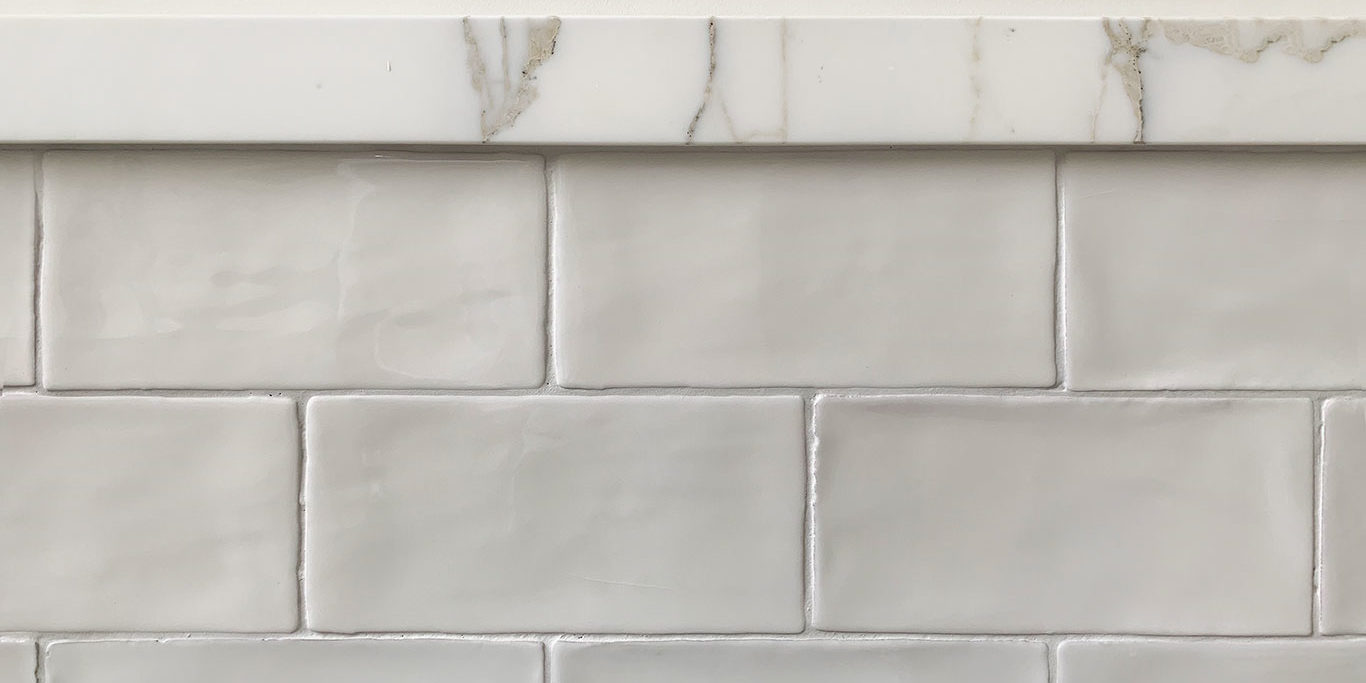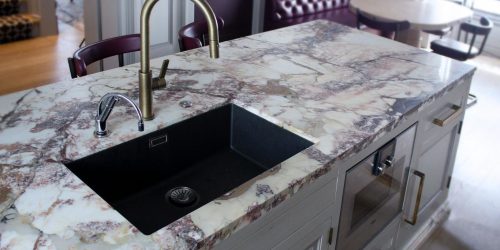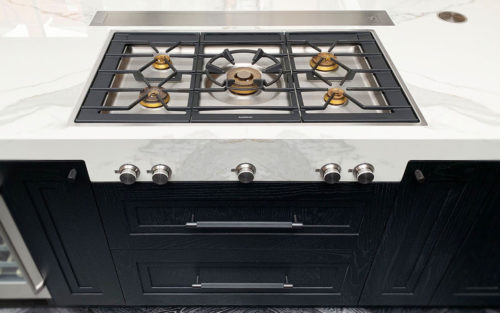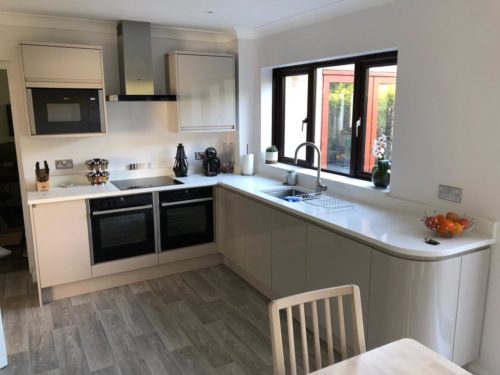Marble is a metamorphic rock that’s used widely as a building and decorative material. You’ll have seen it as the material of choice in many fancy restaurants, hotels, monuments, and even in the home setting. However, while you might already be familiar with what marble is used for, you may be less sure about what it is exactly, and how it is formed.
Due to our many years’ experience handling stone countertops, Marble & Granite Ltd has built up a fair bit of knowledge about marble’s unique properties and how it’s made. Let us share this with you.
Key Facts About Marble Formed
- Marble is a metamorphic stone, which means it is formed by subjecting limestone to extreme pressure or heat.
- Marble consists of calcium carbonate (calcite) and is sparkling white in its purest form.
- You can also found colour variations of marble, such as black or grey, which is caused by mineral impurities
- Many mistakenly refer to any stone material that can be polished as marble, but this is technically incorrect.
- The texture of marble is granular and you can see calcite crystals within the material.
- Toy marbles are not actually made from stone marble!
What are Metamorphic Rocks?
There are three different types of rock known as igneous, sedimentary and metamorphic. These are formed in different ways and have different properties. Metamorphic rocks are formed from other rocks that are actually changed because of heat or pressure. They differ from igneous rocks such as granite which are made from cooled molten rock.
Over time, and due to the earth’s movements, metamorphic rocks become buried or squeezed. As a result, they are heated and put under huge pressure which actually alters their natural properties. Instead of melting, the minerals within rocks transform and change into metamorphic rocks, like marble.
How is Marble Formed
As mentioned, marble is formed from limestone by heat and pressure in the earth’s crust. The conditions it is put under will cause the limestone to change in its very makeup, as well as texture and appearance, in a process known as crystallization.
Large masses of calcite are created when the original carbonate and fossilized materials are recrystalized. And when there are impurities present in the limestone during this transformation, amazing effects and changes take place in the mineral composition.
At certain temperatures, silica impurities react with the carbonate to produce crystals of quartz, or forsterite. At much higher temperatures and with rarer calcium minerals like larnite, other formations are created within the marble. A number of other transformations can take place as well, depending on what is present during the process, such as water or other mineral components.
Clay, sand, or chert mineral impurities can sometimes create distinctive veins and swirls within the marble, creating amazing patterns and discolorations that are highly sought-after by homeowners and decorators.
The colours and designs you like best in marble countertops are likely caused by an amazing process where these different impurities react with the marble to give off different variations, such as colour distortions of red, green, or yellow. But unless you have a trained eye, it might be hard to tell exactly what has caused the exact formation of your favourite marble countertop.
What is Marble Used For?
Marble has long been used for its beauty and strength. It is a highly valued material that has been featured in many buildings and statues since the ancient Greeks, due to its durability and appearance. You’ll find marble has even been used by artists such as Michelangelo, and many famous museums and galleries will have dedicated sections for exquisite marble work. Indeed, a great interior that uses marble’s beauty and design effectively is arguably a work of art in itself.
The most desired form of marble is often extremely pure calcite marble, which is used for things like statues. This has a kind of glowing translucent quality which looks amazing when placed next to both natural and artificial light sources, which will penetrate shallowly into the surface and reflect a kind of luminous radiance unlike other types of rock.
Other types of marble rock are used in large blocks to create large building features, such as floors, columns, and walls. And if you’re reading this post, you’re probably aware that it is also used to create amazing countertops.
If you’ve been searching for the perfect countertop, you’ll no doubt have seen some amazing marble worktops in north London showrooms or other parts of the country, where materials are chosen for their suitability to various interior design schemes. You can also see an impressive selection in our online galleries and case studies at Marble & Granite Ltd.
For more information about why marble is so unique, get in touch with one of our friendly staff at Marble & Granite Ltd who will tell you everything you need to know when making your decision about whether a marble countertop is right for you!




